 The Men Who Stare at Goats – Jon Ronson
The Men Who Stare at Goats – Jon Ronson
Simon & Schuster – 2004
I saw the Men Who Stare at Goats movie when it came out in the cinema. I remember being a bit disappointed by it. A few years later, I watched Crazy Rulers of the World, the documentary series (part 1, part 2, part 3) that was meant to accompany the book on which the movie was based. I loved it. I don’t know why or how I only got around to reading the book last Saturday, but when I did sit down with it, I enjoyed every page.
This book is far more modern (and popular) than a lot of the books that I review here, so a detailed summary is unnecessary. Suffice to say that it’s a book about secret experiments, projects and forays into the paranormal that went on in the US army and CIA. It touches on remote viewing, telekinesis, UFOs, Project MK Ultra, and the Heaven’s Gate cult. Ronson’s writing style is enjoyable and makes the whole thing very easy to digest.
The only real criticism I have of the book has to do with the suggestion that the forms of sonic torture used during WACO and the American invasion of Iraq had been derived from the ideas of Jim Channon. In the late 1970s, Channon, the leader of the First Earth Battalion (more on them later), had suggested blasting enemies with loud, unpleasant music to disorientate them. A sizable portion of Ronson’s book explores the potential link between Channon’s ideas and American soldiers’ use of music to torture terror suspects. I suppose it’s not impossible that there was an indirect link between Channon’s ideas and the atrocities committed in Iraq, but I think it’s far more likely that these soldiers had the idea of blasting prisoners with horrible music completely independently of Channon. Playing loud music to annoy people is hardly a revolutionary idea. Also, I’m not convinced that soldiers playing Matchbox 20 in both Iraq and Guantanamo Bay was anything more than coincidence.
 Channon’s arsenal of auditory weapons.
Channon’s arsenal of auditory weapons.
The section on music as torture provides a necessary bridge to the latter part of the book, and things would probably seem a bit disjointed without it. I’m willing to forgive Ronson for including it because it’s an interesting topic even if his conclusions aren’t convincing, and the stuff that appears both before and after this section is fascinating.
After reading the entire book on the Saturday. I spent my Sunday rewatching the documentary series that went along with it. This series covers much of the same material as the book, but there’s enough exclusive information in both to warrant doing both. I did not rewatch the movie, and I don’t think I’ll bother. There’s sections in both Ronson’s documentary series and book on Frank Olsen and the C.I.A., LSD, suicide/murder conspiracy. I’m currently about half way through Wormwood, the new Netflix documentary series about the Olsen case. It’s pretty good.
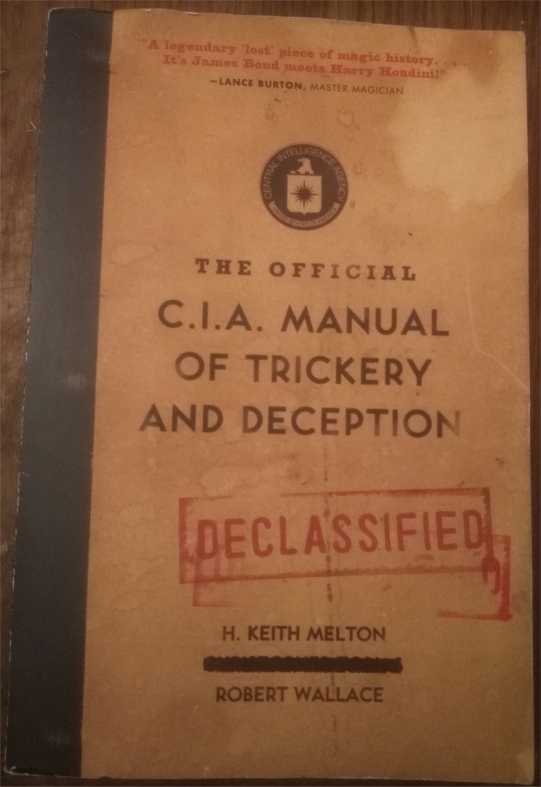 The Official C.I.A. Manual of Trickery and Deception – John Mulholland, H. Keith Melton and Robert Wallace
The Official C.I.A. Manual of Trickery and Deception – John Mulholland, H. Keith Melton and Robert Wallace
William Morrow Paperbacks – 2010
While waiting for the call on my library hold on The Men who Stare at Goats, I picked up a book that I bought at a library book sale last year for 50 cents. This is the C.I.A. manual of Trickery and Deception. In the 50s, as part of their infamous MKUltra, mind control program, the C.I.A. hired John Mulholland, a famous stage magician, to write a manual to teach their agents how to use sleight of hand to slip poison into an enemy’s drink. It was believed that all copies of this manual had been destroyed, but Melton and Wallace found a copy in 2007. The introduction section was fairly interesting, but I have to be honest, I gave up on the actual manual part about half-way through. The text is painstakingly boring, and the information it contains is really only going to be useful for date-rapists.
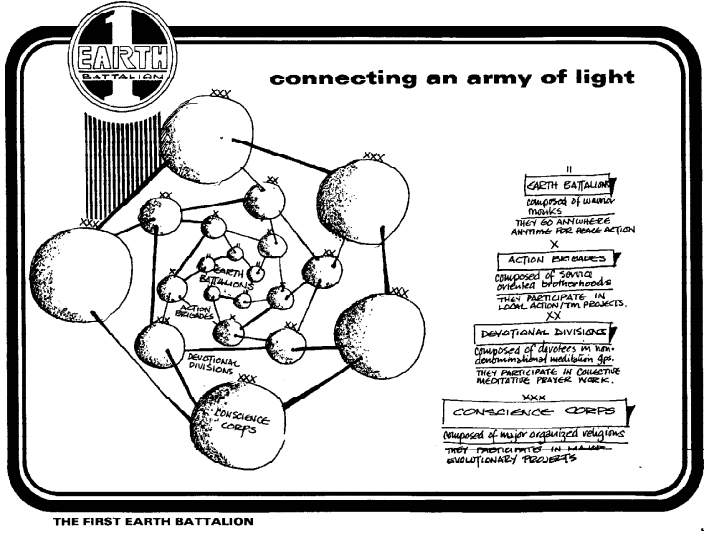
First Earth Battalion Manual – Jim Channon
Unknown Publisher (US Military?) – 1979ish
I’ve already mentioned the First Earth Battalion. The F.E.B. was a proposed army of superhumans that would be capable of transforming both warfare and human existence. It was imagined by Jim Channon, a U.S. Army lieutenant colonel. According to Ronson, the pentagon paid this guy to spend two years visiting a bunch of new-age institutions and groups in California in the late 70s as part of an attempt to gather ideas to reinvigorate the US army. At the end of these two years, Channon published a manual wherein he described the soldiers of the future as warrior monks, capable of levitation, walking through walls, and cleansing the colon at will. This manual is extensively featured in Ronson’s documentary and quoted from in his book. I knew I’d have to track down a copy.
Doing so was a little more complicated than I anticipated. The first result of a google search for “first earth battalion pdf” looks promising, but I’m not sure it’s the exact document that Ronson was referring to. “The First Earth Battalion Field Manual” (FEB-A from hereon-in) contains lots of the information and images that the featured text contains, but it omits the parts about the different abilities available to various levels of Warrior monks. This document is from 1982. There is another document floating around the net under the title of “First Earth Battalion Manual” (let’s call it FEB-B) but aside from a few pages of new information, this text is mostly the same as FEB-A. It also omits the details of the different levels of Warrior Monks. I think that this one, the shorter pdf, was the text presented to the Delta Force think tank in 1983, but I can’t be sure of this.
 Some of the abilities of a Warrior Monk, as listed in First Earth Battalion – Evolutionary Tactics Manual (FEB-C), as seen in part 1 of Crazy Rulers of the World.
Some of the abilities of a Warrior Monk, as listed in First Earth Battalion – Evolutionary Tactics Manual (FEB-C), as seen in part 1 of Crazy Rulers of the World.
As far as I can tell, the text that Ronson was looking at was a slightly different document to the ones that I have seen. This third document (FEB-C), I believe, was called “First Earth Battalion Evolutionary Tactics Manual”. NewEarthArmy.com, Jim Channon’s website (or at least a website about him) is marketing a pdf version of this text with the following blurb:
“Evolutionary Tactics is the First Earth Battalion’s Field Manual. As seen in the movie The Men Who Stare at Goats, the manual was created by Jim Channon for the U.S. Army and first published in 1978. It illustrates high performance concepts and evolutionary ideas. Originally passed on officer-to-officer via photocopy, it has since become something of a collector’s item.
Now you can obtain a rare copy of this manual. Its 150 pages are filled with curious artistic renderings, cartoons, and out-of-the-ordinary ideas.”
At 150 pages, this text (FEB-C) is quite a bit longer than the ones available for free (FEB-A and FEB-B), so I am guessing it contains the missing sections. Unfortunately, I can find no free pdf versions of this text online.
The ambiguity over which text is the original and the omission of certain sections in the free pdfs is perhaps explained by the fact that the original text was largely distributed by photocopying. After having read through the free version online, I have absolutely no curiosity or desire to see the unexpurgated text. The 100+ pages of this malarky that I did read were quite sufficient.
 Vomit.
Vomit.
This is really very silly stuff. At one point, Channon claims that it is possible that the human race is transforming from a carbon based lifeform to a silicon based lifeform. It reminded me of those horrible new-age alien books that I read/tried to read a few years ago.
Also, having read through this rubbish and researched Channon a bit more, I am rather confused as to the official status of this material. Ronson’s work seems to present it as if it were endorsed by the military, but I can’t find any evidence of this online. The fact that it was distributed through photocopying also suggests that it was never an official army document. That the military gave him money to research this stuff is surprising enough, but I find it very difficult to believe that they would play an active role in publishing this rubbish after having seen it.
Jim Channon died last September, but nobody has updated his wikipedia page yet. He was a bit loopy, but seemed nice enough. RIP Jim.
Reading through all of this stuff, I couldn’t help but think of the X-Files. There’s no evidence that any of the US military’s experiments into the paranormal yielded any positive results, but these texts confirm that US defense and security forces have long been involved in shady, conspiratorial and sometimes mental activities.

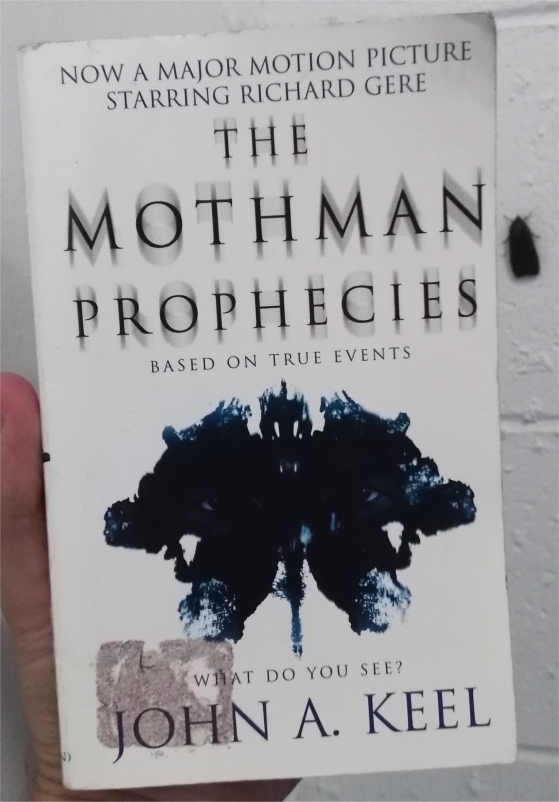 The Mothman Prophecies – John Keel
The Mothman Prophecies – John Keel It – 1986
It – 1986
 Cycle of the Werewolf – 1983
Cycle of the Werewolf – 1983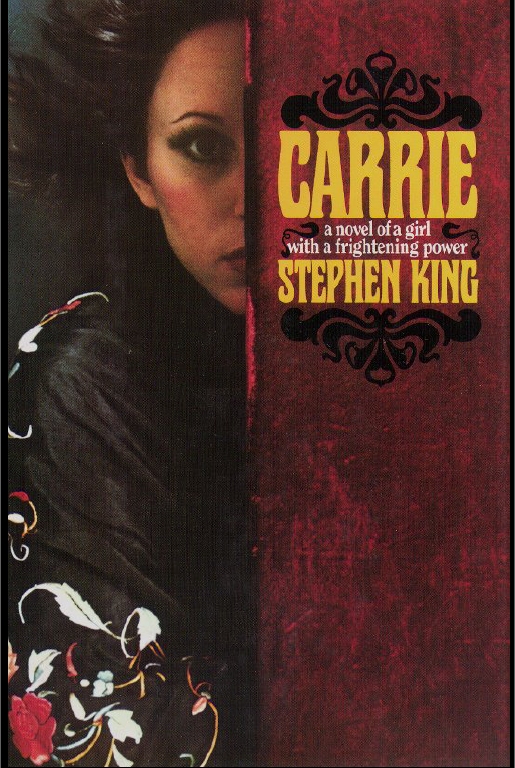 Carrie – 1974
Carrie – 1974 Bag of Bones (1998)
Bag of Bones (1998) The Shining (1977)
The Shining (1977) Nightmares & Dreamscapes (1993)
Nightmares & Dreamscapes (1993) Night Shift (1978)
Night Shift (1978) Skeleton Crew (1985)
Skeleton Crew (1985) Four Past Midnight (1990)
Four Past Midnight (1990) Salem’s Lot (1975)
Salem’s Lot (1975) The Stand: Complete and Uncut (1990)
The Stand: Complete and Uncut (1990) Stephen King, I salute you!
Stephen King, I salute you!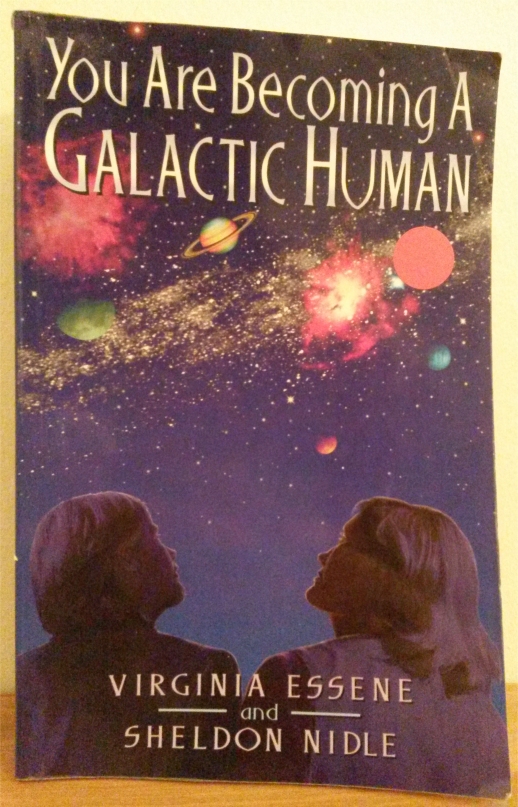 You are Becoming a Galactic Human – Virginia Essene and Sheldon Nidle
You are Becoming a Galactic Human – Virginia Essene and Sheldon Nidle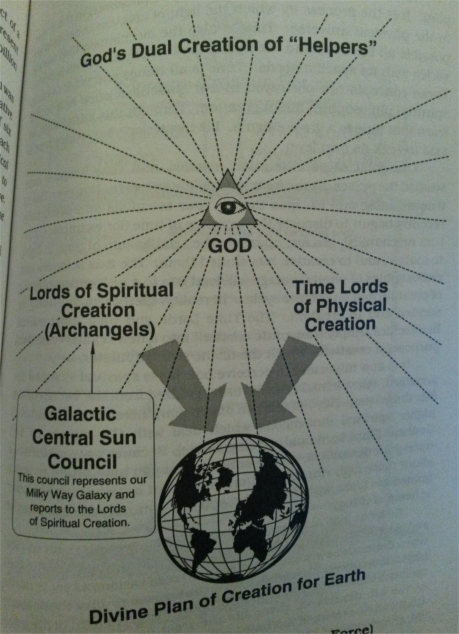 Sorry, what?
Sorry, what? Ughhhhhhhhhhhh…..
Ughhhhhhhhhhhh…..
 (YHWH) The Book of Knowledge: Keys of Enoch – J.J. Hurtak
(YHWH) The Book of Knowledge: Keys of Enoch – J.J. Hurtak This book contains more than 600 pages of this kind of gobbeldy-gick.
This book contains more than 600 pages of this kind of gobbeldy-gick. Just an Intergalactic Eunuch scatting molecular structures into deep space…
Just an Intergalactic Eunuch scatting molecular structures into deep space…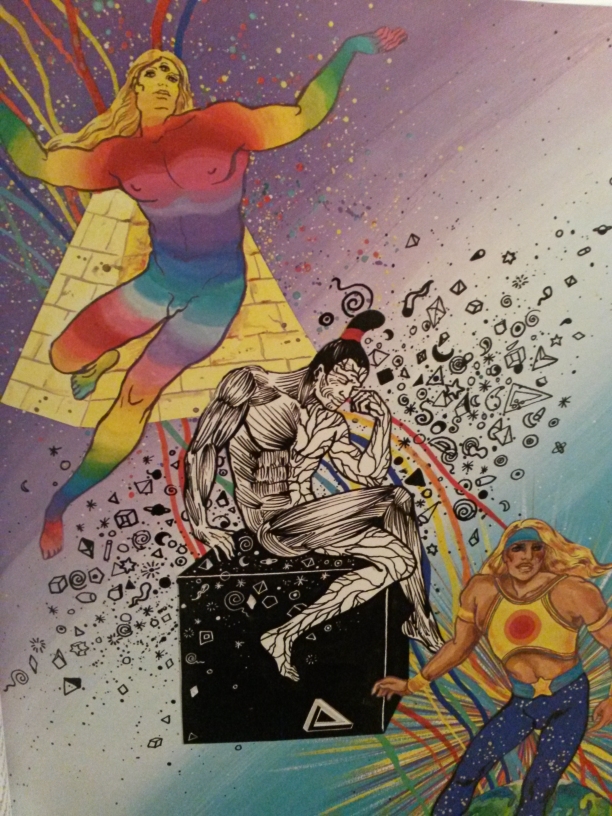 Not sure about the fruity Eqyptian Triclops or the black and white, naked Samurai, but the other guy is definitely 80s Vince Neil, right?
Not sure about the fruity Eqyptian Triclops or the black and white, naked Samurai, but the other guy is definitely 80s Vince Neil, right?


 Warner Books – 1968
Warner Books – 1968 My Cayce Collection
My Cayce Collection

